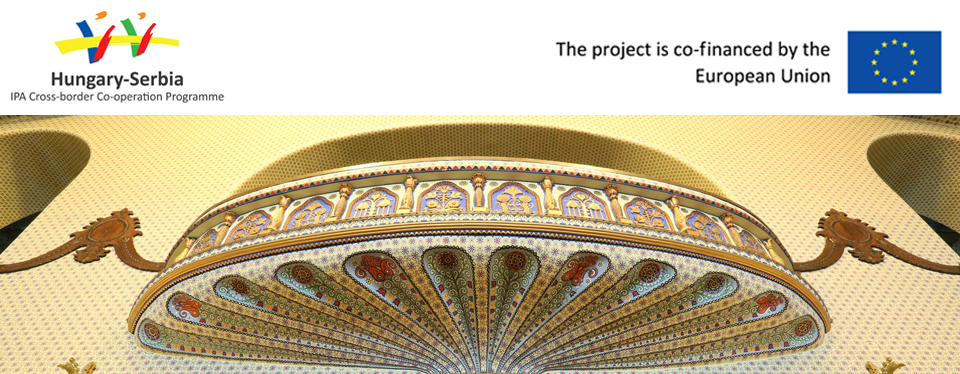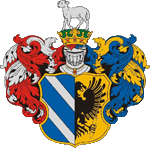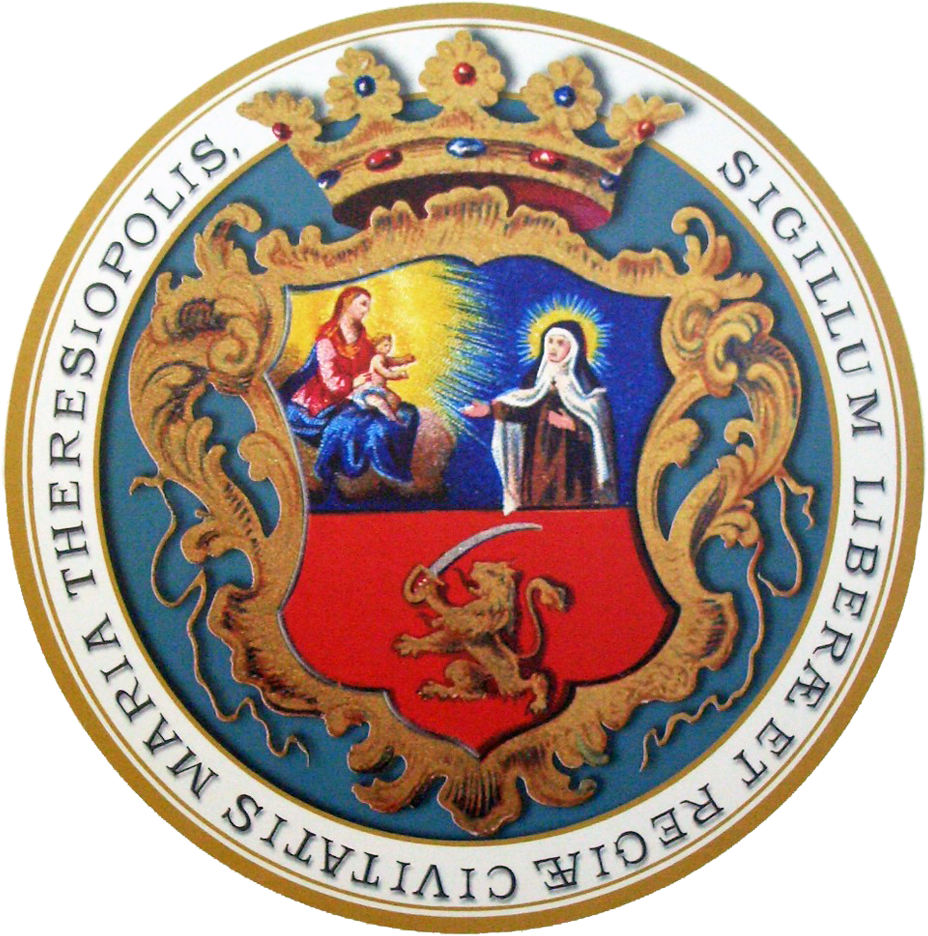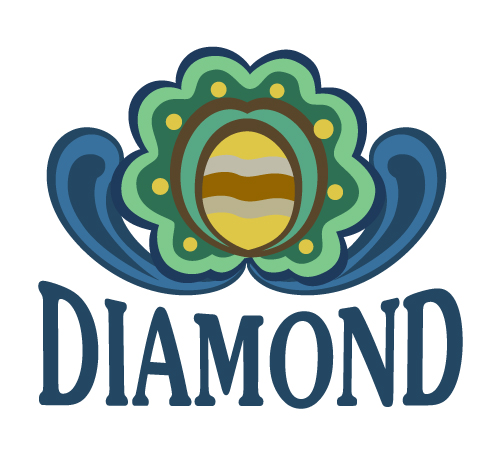| Name of the building | Gróf Palace |
| Current name | same |
| Town, location | 20/B Tisza Lajos Boulevard, Szeged |
| GPS coordinates | N 46° 15′ 23.27″, E 20° 9′ 4.29″ |
| Date of construction | 1912–1913 |
| Stylistical characteristics | Art Nouveau |
|
Architect Builder Contractors |
Ferenc Raichl J. (1869–1960) Árpád Márton Gróf, Szeged’s chief prosecutor, initiated its construction. János Stumpf, József Gombos |
| Monument classification | Protected monument. |
|
The original function of the building Changes The building has survived almost in its original state. Its fronts are made impressive and attractive by the interplay of the alcoves and protruding surfaces and the varied windows and balcony formations. The golden mosaic embellishment, stretching out on a large surface on the facade and evoking Oriental ornaments, is a spectacular adornment of the building. Originally, it was meant to be the home of wealthy town officers. Downstairs, there were lawyer’s offices, upstairs apartments. It still functions as an apartment building. Its value is enhanced by the fact that in its interior, thus in the individual homes, the original floors have remained intact. Its wrought iron staircase, the masterpiece cast iron railing and rich Art Nouveau stucco works are especially noteworthy. Unfortunately, the entrance doors on the galleries were not changed in their original manner. |
|
| Description and qualities of the building | |
|
Among the Szeged palaces from the turn of the century, this brilliant Art Nouveau building is a real curiosity, which, owing to its position, dominates and beautifies the cityscape. Almost in its original form, it has saved its external and internal character. With its unique style and characteristic architectural solutions, it establishes a link between Szeged and Subotica. Ferenc Raichl J. seems to have transplanted the genius formal features and architectural meticulosity affecting all details of his mansion in Subotica into the more splendid and impressive mass of this apartment building in Szeged. The vast triumphal arch like execution of the main facade, with the withdrawn position of the middle section, proportionately divided by balconies, frontispieces and alcoves, is especially spectacular. The mosaic ornaments shining in golden colours and executed with an oriental taste is the building’s supreme embellishment. The frontal ornaments, including ceramics, small mosaic decorations, gently formed wrought iron works, cover the building in an amazing richness. Yet, we do not see the palace heavily packed and over decorated. This may be because the surface has large divisions, and the unity of the rounded architectural elements of the two corner turrets smoothes the luxury of the oriental forms and ornaments. The building has maintained its turn of the century ambiance inside too, owing to the fact that in some of the apartments, the original solutions have remained intact. Entering the building, we can find gates and doors adorned with splendid rails, masterly executed staircase railings, door handles, jardinières, tile decorations and stained glass windows, making a magnificent shine. |
|
| ReferencesNagy Zoltán, A szecessziós építészet Szegeden, Szeged története 3/1, Szeged, 1991.
Csongrád megye építészeti emlékei, Szeged, 2000, O. Csegezi Mónika szócikke Bakonyi Tibor, A századforduló építészete Szegeden, Műemlékvédelem, 1980. 3. sz. Bagyinszki Zoltán – Gerle János, Alföldi szecesszió, /Art Nouveau in the Alföld Debrecen, 2008. |
|
Map of Szeged >>


















